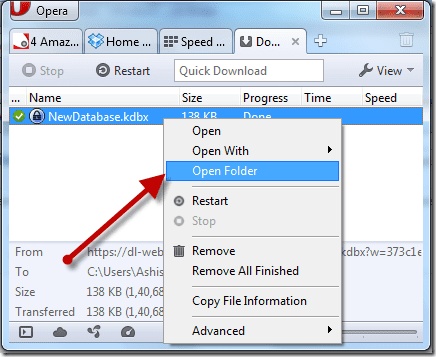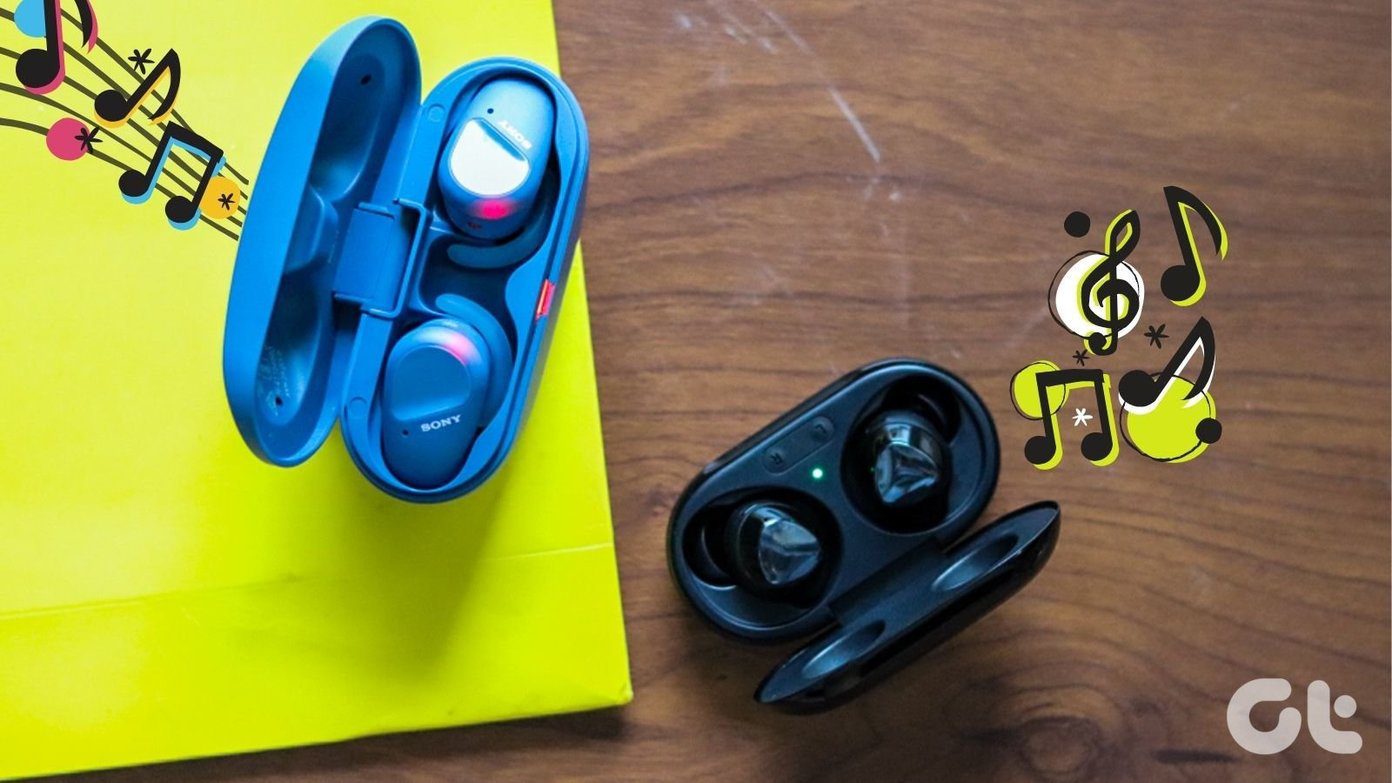Sparrow for iOS ($2.99) Apple’s own mail app has finally found a worthy contender. Both apps are great though, so it is only fair to compare both in some key aspects to fully understand where each one excels and what unique features each of them brings to the table. Note: This comparison was written based on Mail on iOS 6 and on the version 1.3.3 of Sparrow.
Speed
Both Mail and Sparrow proved to be speedy enough to not raise any concerns or present any usability problems. However, I found that whenever opening Sparrow, the app took between 1 – 2 seconds to start responding before becoming fully usable. My guess is that this is due to the great amount of data that Sparrow needs to load and to the mail engine that the app uses. I use an iPhone 4S, so I guess that those with an iPhone 5 (which runs a much faster processor) should see virtually no delay upon opening the app. Once Sparrow is up and running though, everything goes smoothly. Even loading long conversations works perfectly. On its part, Mail runs buttery smooth at all times and shows no delays whatsoever during usage. This is a prime example of the Apple’s hardware and software integration at play, which is impressive considering just how complex as data-heavy as an email app can be.
Compatibility
Both Mail and Sparrow now support every major email protocol, including IMAP and POP3, the two most popular ones. Exchange users wishing to rely solely on Sparrow are (sadly) out of luck, since Sparrow does not provide Exchange support yet. One of the signature features of Sparrow on its desktop version has always been its top-notch Gmail integration, which was also a heavily advertised feature of its iOS app. In this regard Sparrow easily tops the native Mail app with the best Gmail integration of any iOS email app to date. Sparrow supports many of Google’s mail platform’s most important features, such as Starring your messages, Archiving and, most importantly, Labeling, with all of these working seamlessly on the iPhone.
Usability
One of the greatest assets of Sparrow is its focus on usability. The native Mail app offers a very useful platform for composing and reading email, yet it lacks some important features. Sparrow’s developers know about this and have implemented most of them in their email app, making it even more usable than the already great Apple’s native offering. Some of these features where Sparrow has established a clear lead over Apple’s Mail for iOS are:
Attach from within Sparrow: It wasn’t until very recently that you could attach a photo from within the native Mail compose window, and even now doing so requires at least a couple of taps. With Sparrow you can attach a photo with just one tap right from the main compose window.
Conversations: Mail sorts conversations by grouping related emails that you have to access individually. Sparrow shows all related emails on one thread, accessible with just one tap from the reading screen.
Built-in web browser: Even now, the native Mail app will force you out of it and into Safari when you tap on a link to open it. Sparrow handles this much more conveniently, opening all links on its own built-in browser.Mark All Mail as Read: This is a very nice feature that Sparrow allows you perform right from your inbox in just a couple of taps.
Mail filtering: Sparrow handles mail filtering in a very smart way. All you have to do to scroll between your Inbox, Unread and Starred messages is to tap at the top center of the screen to do so.
All these small changes make for a big difference in real-life usage, and if you have to deal with tons of email frequently, then Sparrow will be like a godsend to you. One aspect where Sparrow falls short though, is when it comes to landscape support, since it offers none at all, while the native Mail app does. Additionally, due to Apple’s strict approval rules for apps, Sparrow is not allowed to fetch mail in the background. This means that it does not support push notifications and that you will actually need to manually refresh the app by opening it every time you want to check your email. This is a huge drawback and will remain so until Apple relaxes its rules in that regard. Another aspect of Sparrow that might discourage some is that it was recently bought by Google. At first, it was thought that the app would stop receiving updates as a result, but it has actually received a few since, including support for Passbook attachments and for the iPhone 5 screen resolution. Other important features like Unified Inbox, attachment saving and batch editing are all present in both Mail and Sparrow.
Is Sparrow Worth It?
With the native Mail app being an already excellent choice for handling your email, getting a paid alternative might seem unnecessary. However, Sparrow is abound with little details that make handling your email a much better, faster and (let’s say it) fun experience. The app doesn’t cost much ($2.99), but for many, its most serious flaw will be the lack of push notifications. If you can live with that and are looking for a fresh take on email on your iPhone, then Sparrow is the better app. If email is just a casual activity for you however, then the native Mail app already offers what you need. The above article may contain affiliate links which help support Guiding Tech. However, it does not affect our editorial integrity. The content remains unbiased and authentic.



















